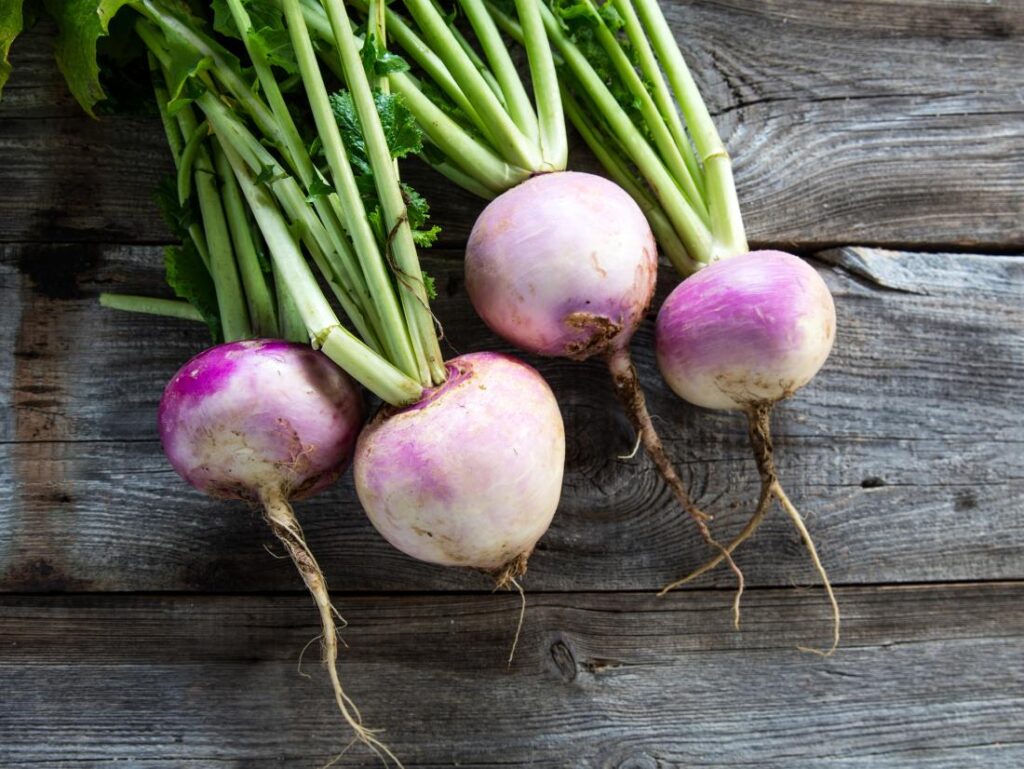Turnip, often overlooked in the realm of vegetables, are nutritional powerhouses loaded with an array of essential nutrients. Understanding the nutritional value of turnips can significantly contribute to a healthy and balanced diet.
Introduction
Turnips, scientifically known as Brassica rapa subsp. rapa, belong to the cruciferous vegetable family and are characterized by their white or purple taproots. While they have been a culinary staple for centuries, their nutritional benefits have only recently gained attention.
Nutritional Profile of Turnips
These humble root vegetables offer a substantial array of nutrients vital for overall health. They are rich in vitamins like vitamin C, which bolsters the immune system, and vitamin K, essential for bone health and blood clotting. Additionally, turnips contain minerals like potassium and manganese, crucial for various bodily functions.
One standout feature of turnips is their high dietary fiber content. Fiber aids digestion, promotes a feeling of fullness, and supports a healthy gut environment.
Health Benefits Derived from Turnips’ Nutrients
The nutrients present in turnips contribute significantly to numerous health benefits. They play a pivotal role in boosting immunity, combating infections, and reducing inflammation. Furthermore, the fiber content aids in digestive processes, preventing constipation and promoting gut health.
Turnips in Weight Management
For individuals focused on weight management, turnips prove to be an ally. Low in calories and high in fiber, they aid in weight loss by promoting satiety and providing essential nutrients without adding excessive calories.
Incorporating turnips into a balanced diet plan can contribute to maintaining a healthy weight and supporting overall well-being.
(Continued in the next table…)
Cooking with Turnips
Turnips offer versatile culinary possibilities, adding both flavor and nutrition to various dishes. Simple turnip recipes, such as roasted turnips or turnip fries, provide a delightful way to savor their unique taste. For the more adventurous, turnips can be creatively used in salads, soups, or even as a substitute for potatoes in certain dishes.
Cultivating Turnips
Growing turnips at home is a rewarding endeavor. These vegetables thrive in cool climates and are relatively easy to cultivate. Starting from selecting the right seeds to harvesting the turnips, a step-by-step guide ensures a successful and rewarding cultivation process.
Comparative Analysis
Comparing turnips to other vegetables, especially the ubiquitous potato, reveals intriguing differences. Turnips boast a lower calorie count while offering similar versatility in culinary applications. Exploring these differences aids in making informed choices for a nutrient-rich diet.
Conclusion
In summary, turnips are a treasure trove of nutrients vital for optimal health. Their versatility in culinary use, coupled with their impressive nutritional profile, makes them a valuable addition to any diet. Incorporating turnips into regular meals can contribute significantly to overall well-being.
Unique FAQs
- Q: Can turnips be eaten raw?
- A: Yes, turnips can be consumed raw and are often included in salads for their crunchy texture and slightly peppery taste.
- Q: Are turnips a good source of antioxidants?
- A: Absolutely! Turnips contain antioxidants like vitamin C and other phytonutrients that help combat oxidative stress in the body.
- Q: Can turnip greens be eaten?
- A: Yes, turnip greens are edible and highly nutritious. They can be cooked similarly to other leafy greens like spinach or kale.
- Q: Are there any side effects to consuming turnips?
- A: While turnips are generally safe to eat, consuming excessively large amounts might lead to bloating or gas in some individuals.
- Q: How should turnips be stored for freshness?
- A: Store turnips in a cool, dark place or the refrigerator. Remove greens before storing to maintain freshness.



Pingback: Chronic Wasting Disease: Understanding, Impact, and Management - Naiurja